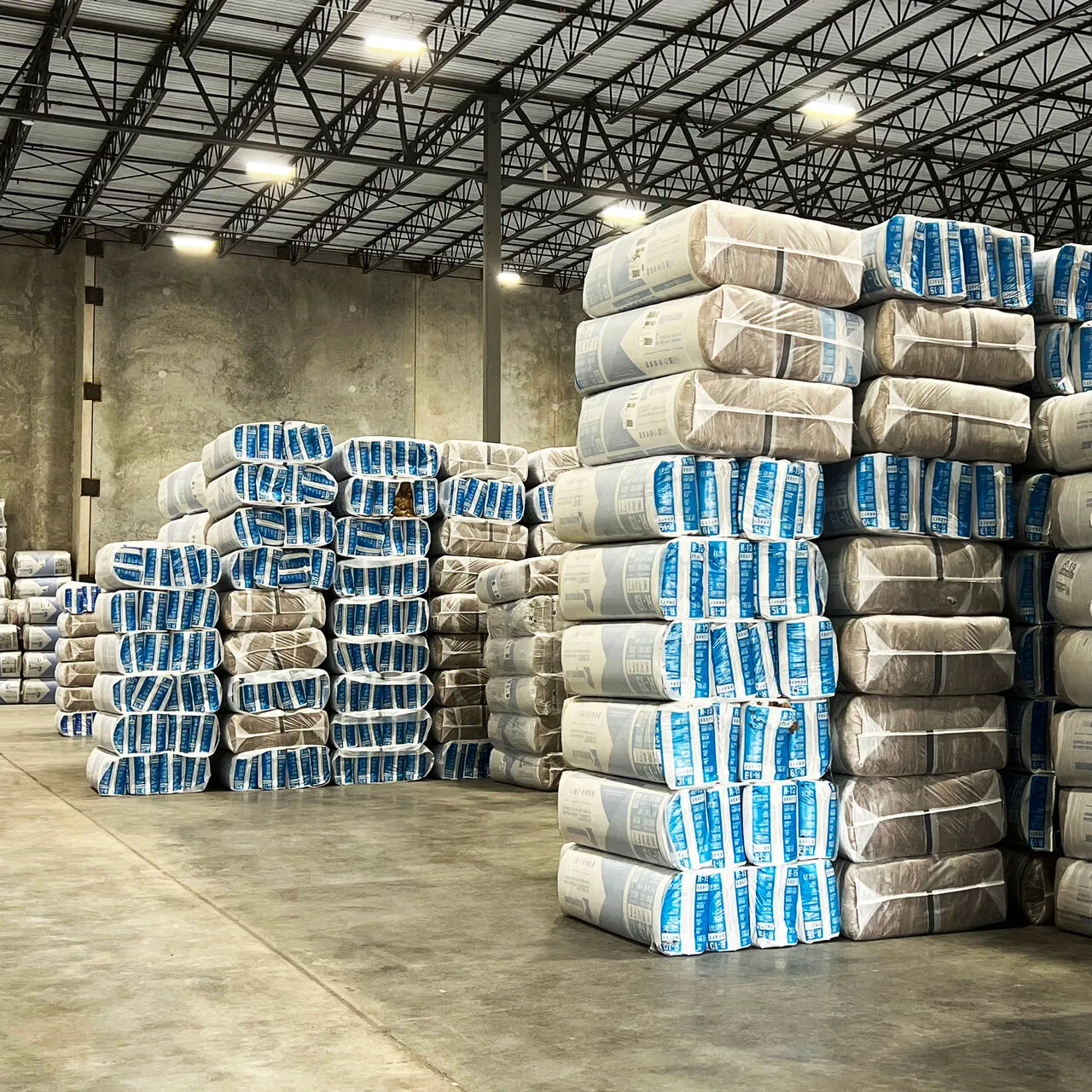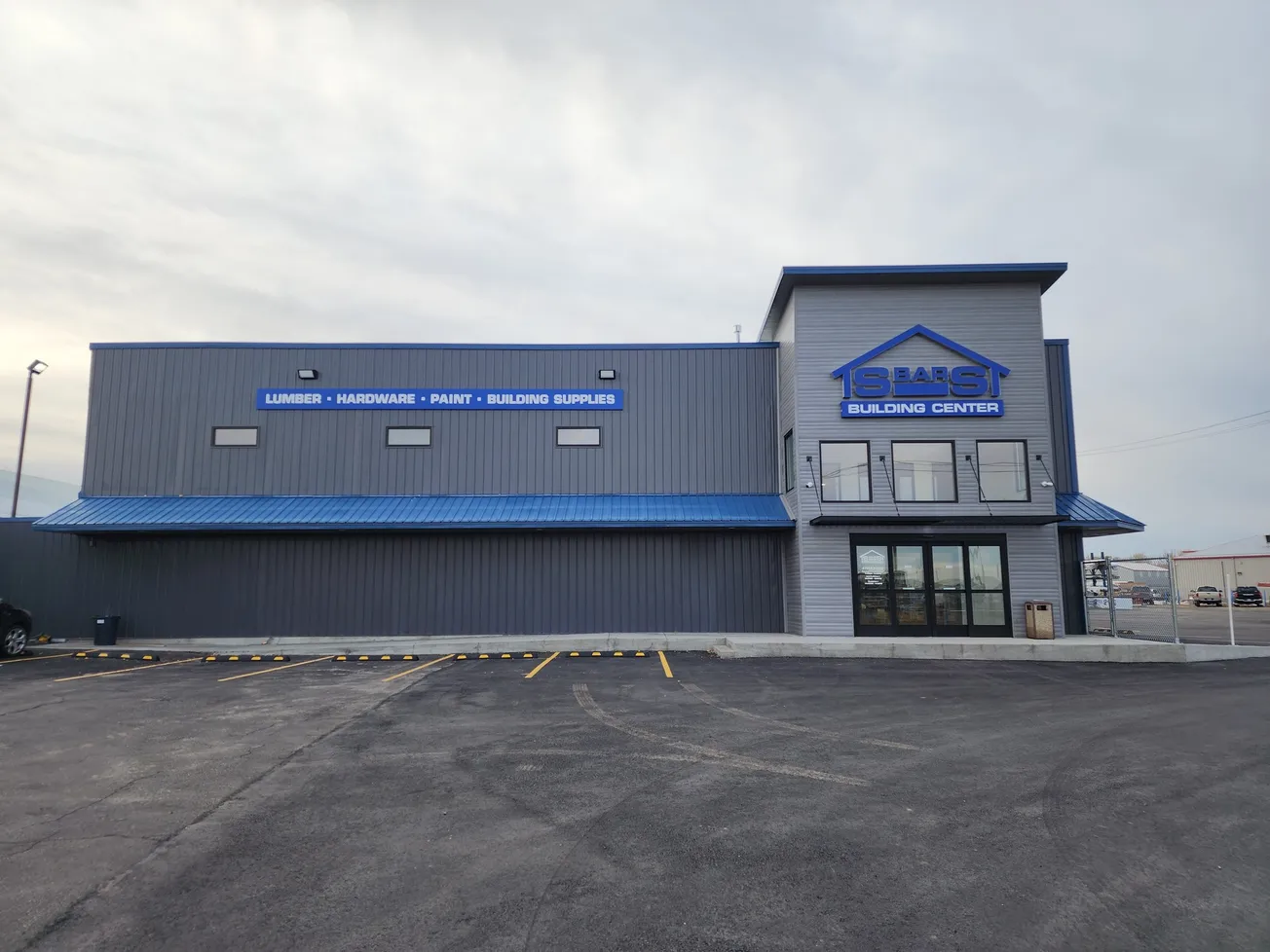Table of Contents
With new building codes recently updated to permit more high-rise mass-timber buildings to be constructed in the U.S., many have questioned how such buildings would fare in earthquakes.
The Natural Hazards Engineering Research Infrastructure TallWood project is investigating the resilience of tall timber buildings by simulating a series of large earthquakes on a full-scale, 10-story mass timber building this spring—the world’s tallest full-scale building ever tested on an earthquake simulator, or shake table. The research project is funded by the U.S. National Science Foundation.
“Mass timber is part of a massive trend in architecture and construction, but the seismic performance of tall buildings made with these new systems is not as well understood as other existing building systems,” said Shiling Pei, principal investigator and associate professor of civil and environmental engineering at Colorado School of Mines.

Pei’s team, which includes both researchers and practitioners, designed a 10-story tall, mass-timber rocking wall lateral system suitable for regions susceptible to high earthquakes. This new system is aimed at resilient performance, which means the building will have minimal damage from design level earthquakes and be quickly repairable after rare earthquakes.
“The rocking wall system consists of a solid wood wall panel anchored to the ground using steel cables or rods with large tension forces in them,” Pei said. “When exposed to lateral forces, the wood wall panels will rock back and forth—which reduces earthquake impacts—and then the steel rods will pull the building back to plumb once the earthquake passes.”
Due to this seismic movement induced by the rocking system, resilience-critical nonstructural components within and covering the building, such as the exterior façade, interior walls and stairways, are in for a big ride.
“Resilient design must also account for the building’s nonstructural systems, which are not part of the structural load-resisting system, but play an important role in the building’s function and its ability to recover after the earthquake,” said Keri Ryan, a project co-investigator and engineering professor at the University of Nevada, Reno.
The project team focused on safety-critical nonstructural components that span floor-to-floor and thus are subjected to the relative movement between stories. The building features four exterior façade assemblies, a number of interior walls, and a 10-story stair tower. The exterior envelope must protect the building from temperature extremes and weather events, while stairs must remain functional to allow occupants to safely exit and first responders to continually access all floors of the building.
“These assemblies have been designed with a variety of new and innovative details that are intended to accommodate the floor-to-floor movement without damage,” Ryan said. “Many of these details have never been tested in a rigorous building setting.”
The tests started in April at the University of California, San Diego outdoor shake table—one of the two biggest earthquake simulators in the world. Located at UCSD’s Englekirk Structural Engineering Center, the facility is part of the NSF’s Natural Hazards Engineering Research Infrastructure.
The shake table has the largest payload capacity in the world. The device is capable of carrying and shaking structures weighing up to 2,000 metric tons, or 4.5 million lbs. The table was recently upgraded thanks to NSF funding and is now able to reproduce the full 3D ground motions that occur during earthquakes, when the ground is moving in all six degrees of freedom—longitudinal, lateral, vertical, roll, pitch and yaw.
The combination of largest payload capacity in the world, an outdoor setting and the newly added six-degrees-of-freedom shaking capability make the UC San Diego shake table a powerful and unique facility—and the only one in the world where the Tallwood tests could happen.
Tests will simulate earthquake motions recorded during prior earthquakes covering a range of magnitudes, from 4 to 8, on the Richter scale. This will be done by accelerating the table to at least 1g, which could accelerate the top of the building to as much as 3gs. For reference, fighter pilots experience up to 9gs of acceleration in flight.
In 2017, Pei’s team carried out a test on a two-story mass timber building by simulating shaking from the Northridge Earthquake, a magnitude 6.7 earthquake that struck Los Angeles in 1994. The building was subjected to 13 earthquake tests and remained structurally damage-free.









